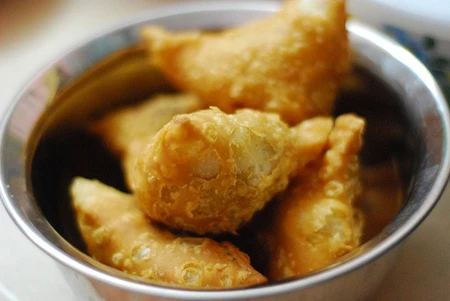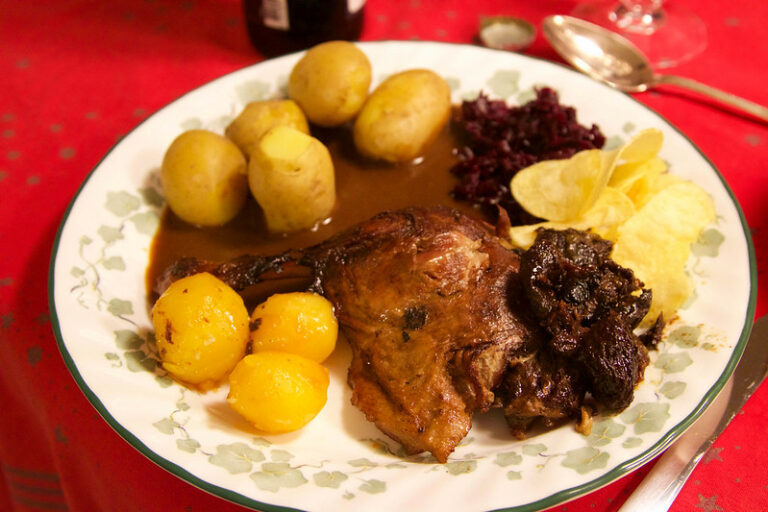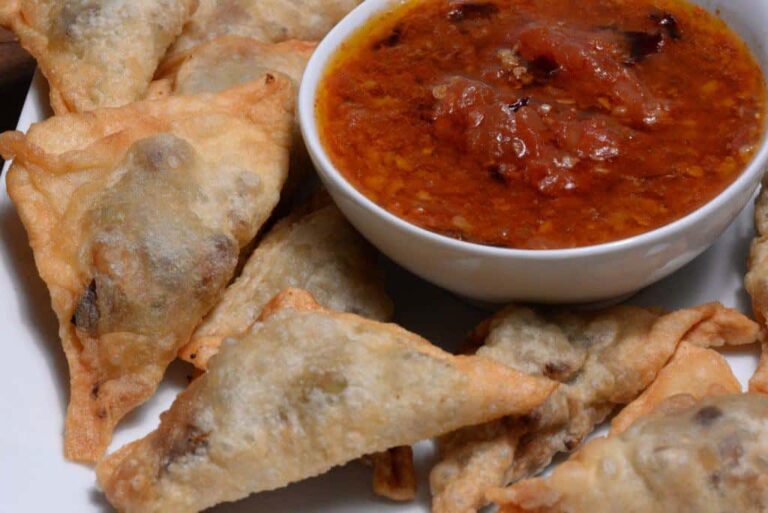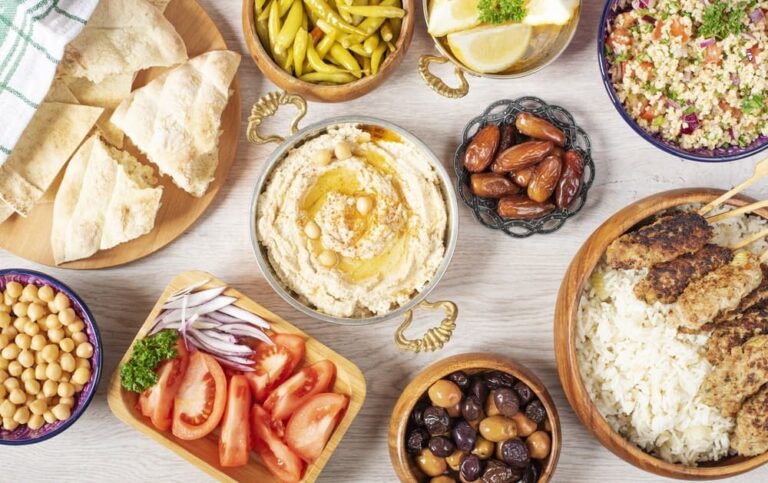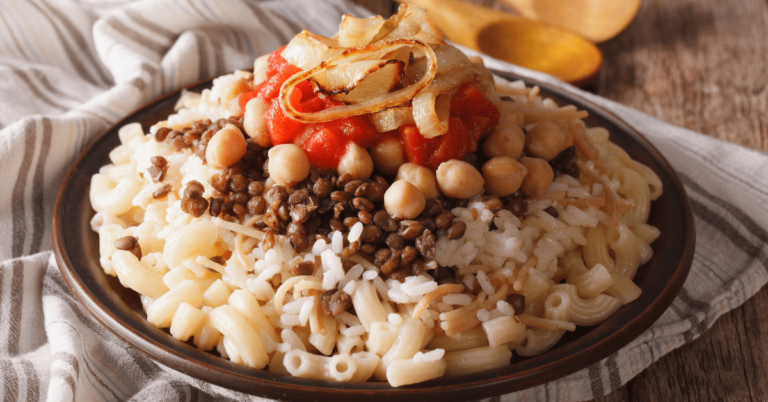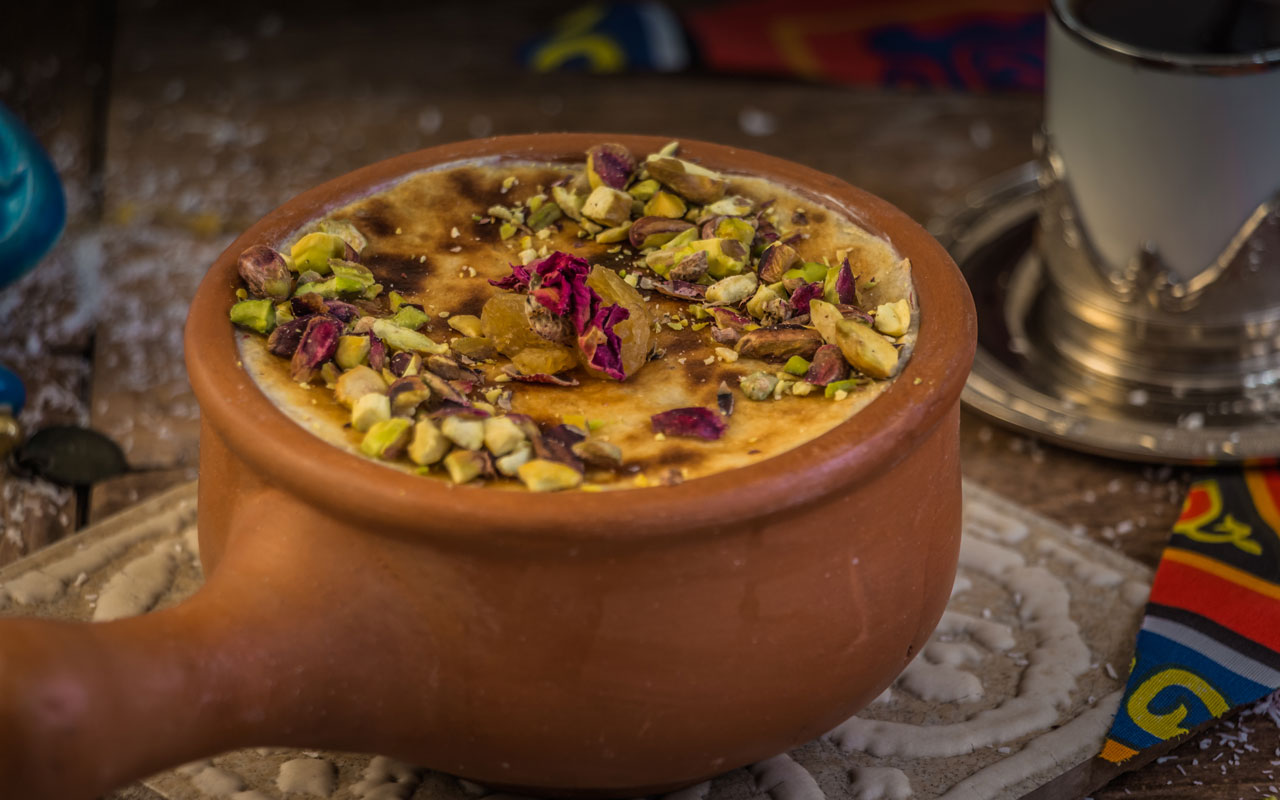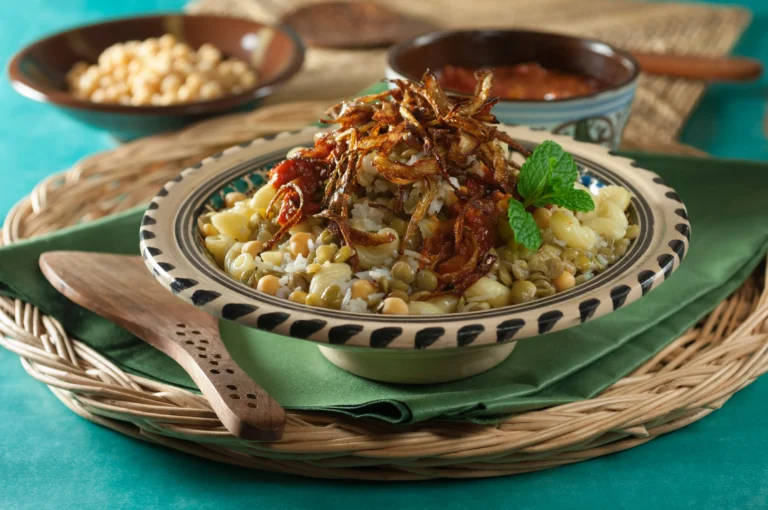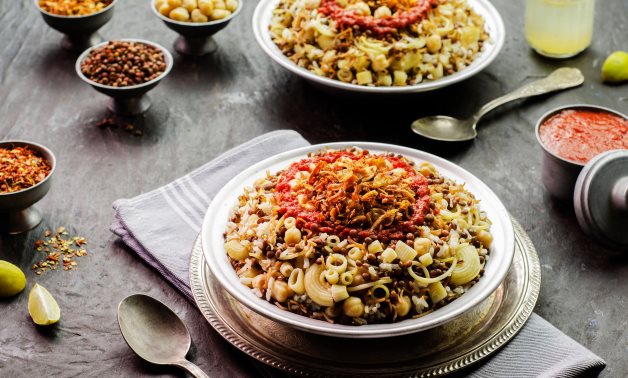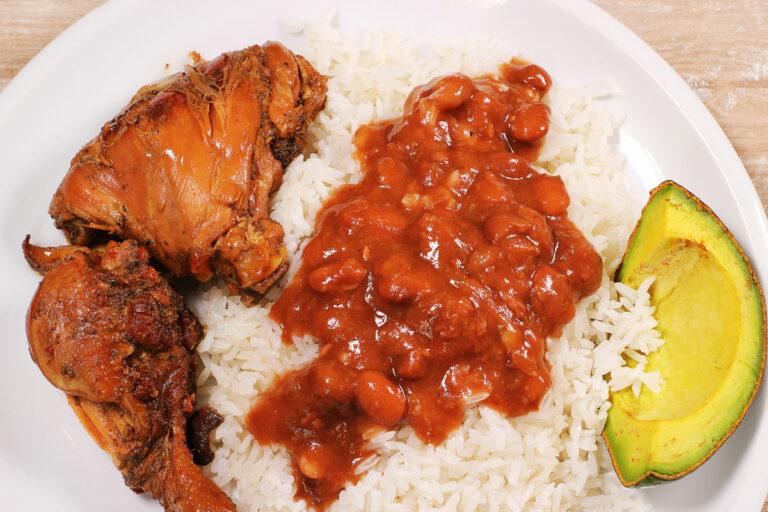Introduction: Djiboutian cuisine
Djibouti is a small country in the Horn of Africa, bordered by Ethiopia, Eritrea, and Somalia. Djiboutian cuisine is a fusion of African, Middle Eastern, and French influences resulting in a unique and flavorful culinary tradition. The cuisine is characterized by the use of aromatic spices and herbs, vegetables, legumes, and meat.
Staple ingredients in Djiboutian dishes
Djiboutian cuisine is centered around its staple food, which is spiced and clarified butter called “niter kibbeh.” This butter is used in most dishes, including stews and soups, to add depth and richness to the flavors. Another staple ingredient is “injera,” a sourdough flatbread made from teff flour and used as a utensil to scoop up stews and curries. Rice, pasta, and couscous are also commonly used in Djiboutian cuisine.
Meat and fish used in Djiboutian cuisine
Djiboutian cuisine features a lot of meat and fish, reflecting the country’s coastal location and nomadic heritage. Goat, lamb, and camel meat are popular meat options, and they are often slow-cooked with spices and served with injera or rice. Seafood such as tuna, lobster, and shrimp are also commonly consumed. Djiboutian cuisine also includes a variety of entrails and organ meats such as liver, kidney, and tripe.
Spices and herbs in Djiboutian dishes
Spices and herbs play a crucial role in Djiboutian cuisine, adding depth and complexity to dishes. Popular spices include cumin, coriander, turmeric, and cinnamon. Herbs like parsley, cilantro, and basil are used to add freshness to dishes. The spice mix “berbere” is also a staple in Djiboutian cuisine, made of chili pepper, garlic, ginger, and other spices, and used to flavor stews and curries.
Vegetables and legumes in Djiboutian cooking
Vegetables and legumes are an important part of Djiboutian cuisine, and many dishes are based on them. Okra, eggplant, and tomato are commonly used vegetables, while lentils, chickpeas, and fava beans are popular legumes. These ingredients are used to create hearty stews and soups that are often served with rice or pasta.
Unique ingredients in Djiboutian cuisine
Djiboutian cuisine is also known for its use of unique ingredients such as “saatar,” a type of wild spinach that is foraged from the countryside. Another unique ingredient is “kudhura,” a type of desert truffle that is harvested during the rainy season. These ingredients are used in stews and soups, adding a distinct earthy flavor to the dishes.
Influence of Somali and French cuisine
Djiboutian cuisine is heavily influenced by the neighboring Somali cuisine, which shares similar ingredients and cooking techniques. The French also had a significant influence on Djiboutian cuisine during the colonial period, introducing dishes like bouillabaisse and quiche. This influence can be seen in dishes like “djiboutian bouillabaisse,” a fish stew made with local spices and flavors.
Conclusion: A taste of Djibouti
Djiboutian cuisine is a flavorful and diverse culinary tradition that reflects the country’s rich cultural heritage. With its use of unique spices, herbs, and ingredients, Djiboutian cuisine is a must-try for food lovers looking for a new taste experience. From hearty stews and soups to spicy curries and grilled meats, Djiboutian cuisine offers a range of dishes that are sure to satisfy any palate.

